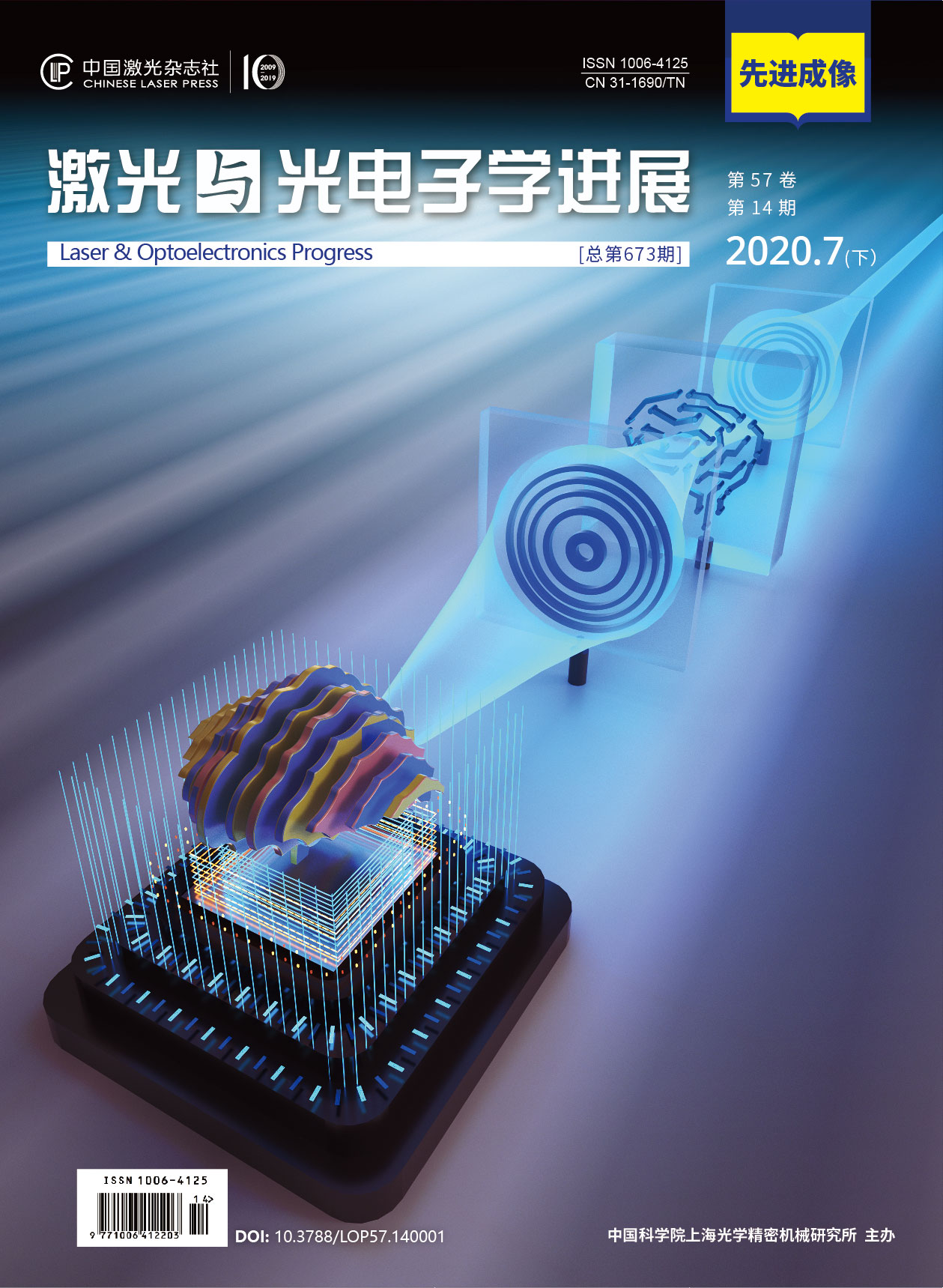激光与光电子学进展, 2020, 57 (14): 141029, 网络出版: 2020-07-28
基于稀疏表示系数相关性的特征选择及SAR目标识别方法  下载: 860次
下载: 860次
Feature Selection Based on the Correlation of Sparse Coefficient Vectors with Application to SAR Target Recognition
图像处理 合成孔径雷达 目标识别 稀疏系数矢量 非线性相关信息熵 联合稀疏表示 image processing synthetic aperture radar target recognition sparse coefficient vectors nonlinear correlation information entropy joint sparse representation
摘要
针对多特征决策融合的合成孔径雷达(SAR)的问题,提出基于稀疏表示系数相关性的特征选取方法。采用稀疏表示分类(SRC)分别对各单一特征进行系数矢量的求解并定义两个系数矢量之间的相关性。以此为基础,通过构造互相关矩阵,求解非线性相关信息熵,获得最佳的特征组合。最后,采用联合稀疏表示考察选取的多特征之间的稳定内在关联。根据重构误差的大小判定测试样本的目标类别。基于MSTAR数据集在标准操作条件、型号差异和俯仰角差异的三种实验场景下对方法进行了测试,本文方法的平均识别率分别达到99.23%、96.86%、97.46%(30°俯仰角)和74.64%(45°俯仰角)。通过与现有的3类SAR目标识别方法进行对比,进一步验证了本文方法的有效性和稳健性。
Abstract
This paper proposes a feature selection method for the synthetic aperture radar (SAR) target recognition problem based on multi-feature decision fusion that leverages the correlation between sparse coefficient vectors. In the proposed method, sparse representation-based classification (SRC) was applied to solve the coefficient vectors of the individual features, and their correlation was defined. Accordingly, the best combination of features was obtained from the mutual correlation matrix and calculation of the nonlinear correlation information entropy. By investigating the stable intrinsic correlation between the selected features using a joint sparse representation, the target label was determined from the reconstruction errors. Experiments were performed under the standard operating condition, configuration variance, and depression angle variance based on the MSTAR dataset. The average recognition rates of the proposed method for these scenarios reached 99.23%, 96.86%, and 97.46% (30° depression angle) and 74.64% (45° depression angle). A comparison with three existing SAR target recognition methods further validated the effectiveness and robustness of the proposed method.
张虹, 左鑫兰, 黄瑶. 基于稀疏表示系数相关性的特征选择及SAR目标识别方法[J]. 激光与光电子学进展, 2020, 57(14): 141029. Hong Zhang, Xinlan Zuo, Yao Huang. Feature Selection Based on the Correlation of Sparse Coefficient Vectors with Application to SAR Target Recognition[J]. Laser & Optoelectronics Progress, 2020, 57(14): 141029.







